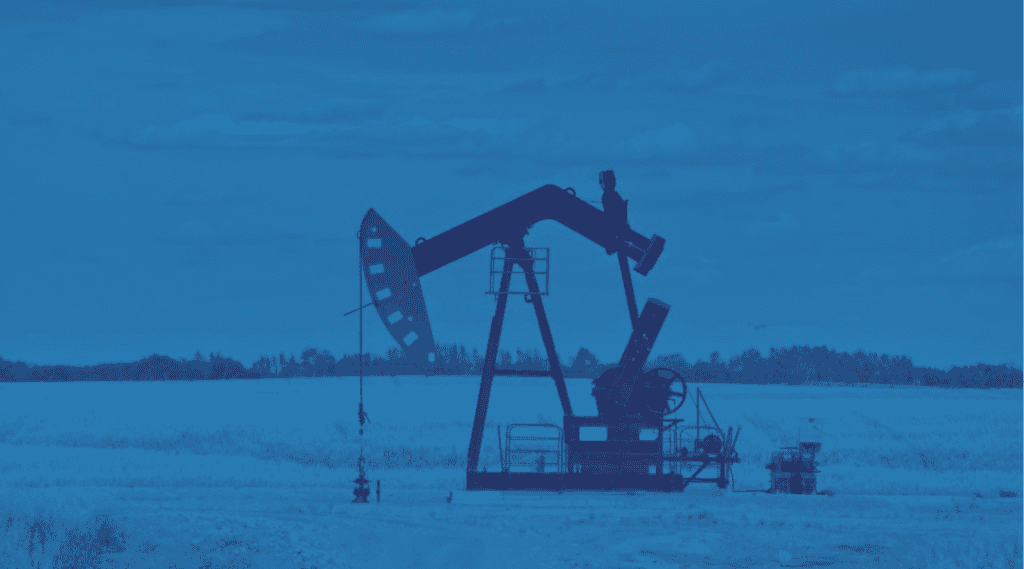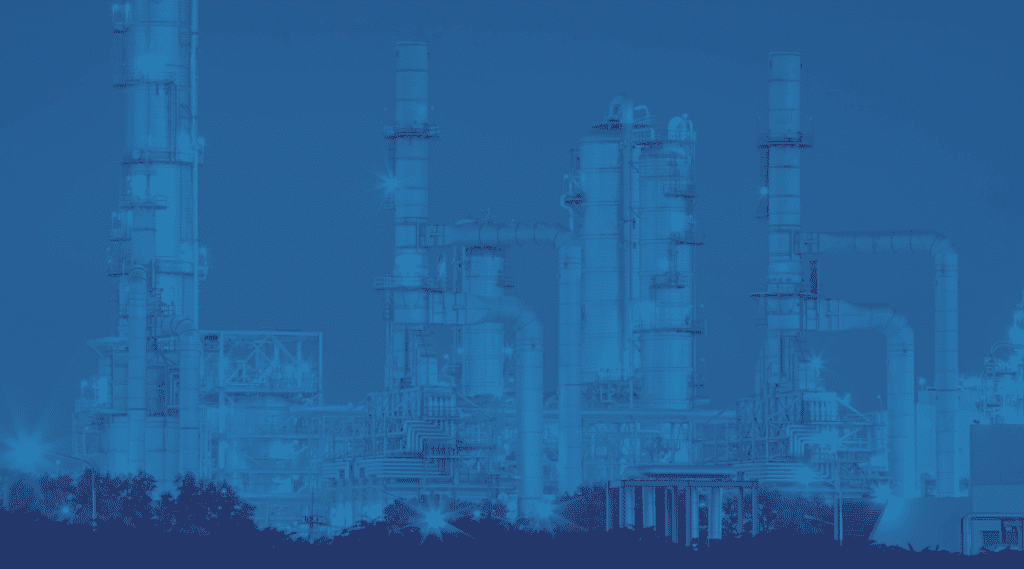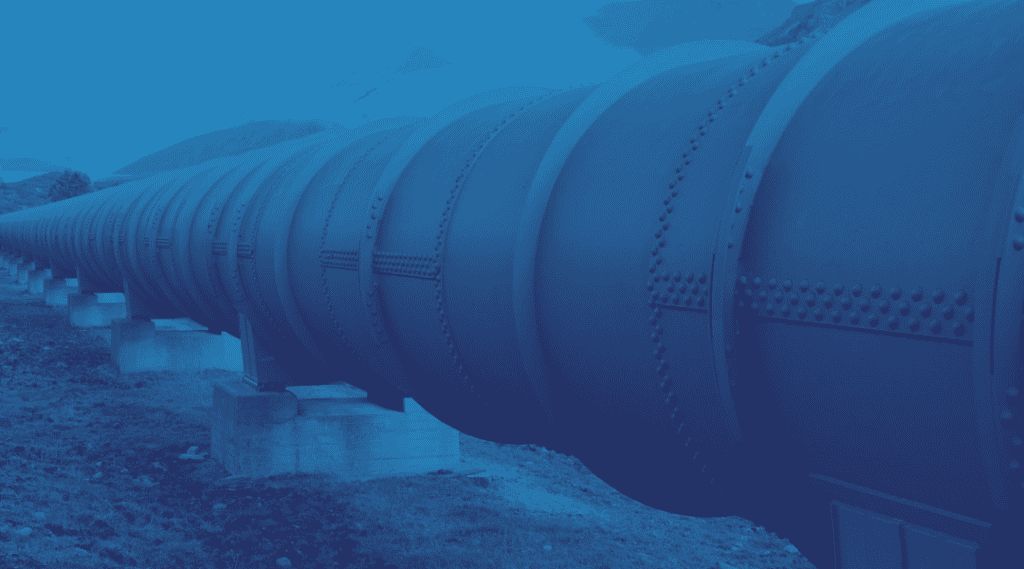Thousands of people a month enter the search term ‘upstream vs downstream’ or ‘what is the difference between upstream and downstream’ into Google every month.
When we began getting search traffic for this term, we realized just how many people need this ‘Oil 101’ level of education – whether for an upcoming interview, a new job, or just to open opportunities in the energy industry.
Just remember, you aren’t alone. So let’s get started…
Learn more with our oil and gas courses:
Upstream vs Downstream in Oil and Gas
What is the difference between Upstream and Downstream in Oil and Gas?
When we first began building out our Oil 101 industry training courses for a retail audience, we were betting that there might be some value in providing access to the same content that our corporate clients had been asking for.
These clients had a need for a comprehensive oil and gas industry overview for employees that were new to the industry.
These employees might be accounting and finance professionals, IT and tech support, or sales and business development teams.
These people all have one thing in common - the need to be able to talk to their customers and peers in a more informed fashion.
Upstream vs Downstream: What is Upstream?

When most people think of the oil and gas industry, they think of upstream - searching for oil, drilling wells, and getting hydrocarbons out of the ground.
There is much less common knowledge about the midstream and downstream segments of the oil and gas industry.
Maybe it's just because they are more regulated and less exciting. And yes, the wildcatter holds a special place in our imaginations.
Most oil and gas companies’ business structures are segmented and organized according to business segment, assets, or function.
The upstream segment of the oil and gas business is also known as the exploration and production ( or E&P) sector because it encompasses activities related to searching for, recovering and producing crude oil and natural gas.
The upstream oil and gas segment is all about wells.
The upstream oil and gas segment is all about wells:
- where to locate them
- how deep and how far to drill them
- how to design, construct, operate and manage them
The ultimate goal of the upstream segment is deliver the greatest possible return on investment with the lightest, safest and smallest operational footprint.
Exploration
The exploration segment of upstream oil and gas involves obtaining a lease and permission to drill and conducting necessary geological and geophysical (G&G) surveys to explore for (and hopefully find) economic accumulations of oil or gas.
There are 4 key steps to summarize the upstream oil and gas exploration process:
- First is understanding and evaluating the geologic setting, called a play,
- Next is obtaining access to the potential reserves usually in the form of a lease,
- The third step is determining where to drill and completing a successful discovery or “wildcat” well.
- If successful, the additional hydrocarbon reserves can finally be added to the portfolio of an oil company using guidelines set by the Society of Petroleum Engineers (SPE) and the US Securities and Exchange Commission (SEC).
As you can probably imagine, the primary purpose of exploration is to discover new accumulations of hydrocarbons, called reserves.
Today the larger reserve prospects are most often located in remote areas or deep water and can be tens of thousands of feet below the surface. Conventional oil and gas accumulations only occur under very precise geological conditions.
Discovering these conditions requires a very disciplined analysis approach. Improving exploration success through extensive seismic, logging and drilling technologies is discussed further in subsequent parts of the Exploration module.
Typical Exploration Department
An Exploration Department is usually a globally centralized function which includes the following key technical disciplines and roles: A Geophysicist uses surface methods to measure the physical properties of the subsurface in order to detect or infer the presence, position and concentration of hydrocarbons.
An Exploration Geologist identifies exploration opportunities that will contribute to the long-term established reserves replenishment goals of the companies.
A Geologist applies scientific methods to assure that all geologic factors affecting the location, design, and construction of the exploratory well are recognized.
A Landman (in the US and Canada) is an individual who begins the process of establishing an E&P project.
Drilling
There is always uncertainty in the geological and geophysical survey results.
The only way to be sure that a prospect is favorable is to drill an exploratory well. Drilling is physically creating the “borehole” in the ground that will eventually become an oil or gas well.
This work is done by rig contractors and service companies in the Oilfield Services business sector.
Today, technologies are now available for the industry to drill wells over 25,000 feet, with bottom hole temperatures exceeding 400 degrees and pressures approaching 20,000 PSI.
In both onshore and offshore operations, horizontal and deviated wells to maximize reservoir recovery are now the norm.
Oilfield Services Companies Role in Drilling
Oilfield services companies design, produce and deliver both equipment and technical services needed to drill and complete wells.
In addition to the drilling rig contractor on the well-site, there can be 30-40 different contractors doing technical services like cementing, perforating, logging, and testing.
In a separate module, we will present more depth on the OFS equipment, technologies and processes to help you understand their contributions and the way that they have become essential to overcoming industry challenges.
Production
Once oil or gas is found with a wildcat or discovery well, the next step in adding value to reserves is to get the reservoir fluids brought to the surface, or “produce” them. After all, upstream is also called E&P!
The production segment of upstream oil and gas maximizes recovery of petroleum from subsurface reservoirs.
Production activities include efficiently recovering the oil and gas in a producing filed using primary, secondary and tertiary, or enhanced oil recovery (also referred to as improved oil recovery).
Upstream vs Downstream: What is Downstream?

Processing, transporting and selling refined products made from crude oil is the business of the downstream segment of the oil and gas industry.
Key downstream business sectors include:
- Oil Refining
- Supply and Trading
- Product Marketing and Retail
The downstream industry provides thousands of products to end-user customers around the globe.
Many products are familiar such as gasoline, diesel, jet fuel, heating oil and asphalt for roads. Others are not as familiar such as lubricants, synthetic rubber, plastics, fertilizers and pesticides. The downstream segment is a margin business.
Margin is defined as the difference between the price realized for the products produced from the crude oil and the cost of the crude delivered to the refinery.
Although the price of crude sets the absolute level of product prices, it may or may not affect refining or marketing margins.
Downstream margins tend to be reduced, or squeezed, when crude price increases often cannot be recovered in the marketplace.
On the other hand, margins tend to hold, or even increase, when crude prices drop and the marketplace more slowly adjusts to these lower crude prices.
A global perspective is important because of the global nature of the energy supply chain as well as the impact of supply and demand on both feedstock and product prices.
Refining
The complete refining overview includes segments on:
- Why we refine crude oil
- A basic summary of the refining distillation process
- Historical perspective on the evolution of refining.
The complete Refining Module includes lessons on crude oil and products, refinery processes, key business drivers that impact refining profitability, and more.
Why Do We Refine Crude Oil?
Crude oil cannot be used as it occurs in nature, other than burning for fuel, which is wasteful. It must be refined to manufacture finished products such as gasoline and heating oil.
In the refinery, crude oil components can first be split by carefully applying heat to capture various parts, called fractions, within certain boiling ranges.
This is called distillation.
The quality of these initial fractions produced is not sufficient to be sold directly as petroleum products without further treatment.
Moreover, the yield of products from straight distillation of crude oil is not the same as the “demand barrel” needed for the marketplace.
Crude oil must therefore be further processed using both heat and pressure to improve qualities and meet market demand.
A large part of refinery processing is concerned with converting unwanted heavy fuel oil into marketable gasoline and diesel, using various processing methods.
Supply & Trading

What is Supply and Trading?
To help answer that question, let’s look briefly at how Chevron defines S&T on their website.
“Chevron Supply and Trading (S&T) provides a critical link between the market and Chevron's upstream, downstream and chemicals companies. S&T provides commercial support to Chevron's crude oil and natural gas production operations as well as to the company's refining and marketing network.”
Petroleum Product Marketing
Marketing is the final step in the ‘Microbes to Markets’ chain that delivers useful petroleum products to end-user customers.
The main business drivers of this segment are volume, market share and margin.
Worldwide, transportation fuels including gasoline, diesel, jet fuel and marine fuel oil account the largest percentage of global demand, and it is the fastest growing portion of refinery products.
In the United States, passenger cars still consume more petroleum products than any other sector.
Today, the US accounts for about 44% of the world’s gasoline consumption, and transportation fuels are 65% of the US demand.
Every refiner is slightly different, but Marketing Departments are usually organized by retail and wholesale channels.
Upstream vs. Downstream: Don't forget about Midstream!

As its name implies, the midstream oil and gas segment encompasses facilities and processes that sit between the upstream and downstream oil and gas segments.
Activities can include processing, storage and transportation of crude oil and natural gas.
In most cases, oil and gas reserves are not located in the same geographic location as refining assets and major consumption regions.
Transportation is a big part of midstream activities and can include using pipelines, trucking fleets, tanker ships, and rail cars.
The midstream segment is separated from upstream and downstream in most oil companies because it is considered a low risk, regulated type of business.
It does not fit the risk profile or asset complexity of the other segments of the oil and gas industry.
Upstream vs Downstream Economics
The oil and gas industry is like a seesaw.
Upstream and downstream segments react differently to oil prices.
For upstream, oil prices represent revenue, money coming in.
The more you can get for each barrel of oil pulled out of the ground the better.
Conversely, oil is an expense for downstream refining and petrochemical operations.
These downstream operators buy oil on the open market as feedstock for their processing operations, then hope to sell products to consumers with sufficient margin to cover expenses.
When oil prices rise these downstream operators have to either raise prices or allow their profit margins to be squeezed.
A good example of this is what we all see every day at the gas pump.
Related Resources
Energy Risk Management
Risk Management in Oil and Gas
Oil 101
Power 101
What is a Nuclear Power Reactor Operator
Watts, Kilowatts, Megawatts, Gigawatts
Jobs Data
Global Energy Talent Index (GETI)
US Energy & Employment and Jobs Report (USEER)
Career Path in Energy Articles
Is Oilfield Services/Equipment a Good Career Path
Is Oil and Gas Production a Good Career Path
Is Electric Utilities a Good Career Path
Is Power Generation a Good Career Path